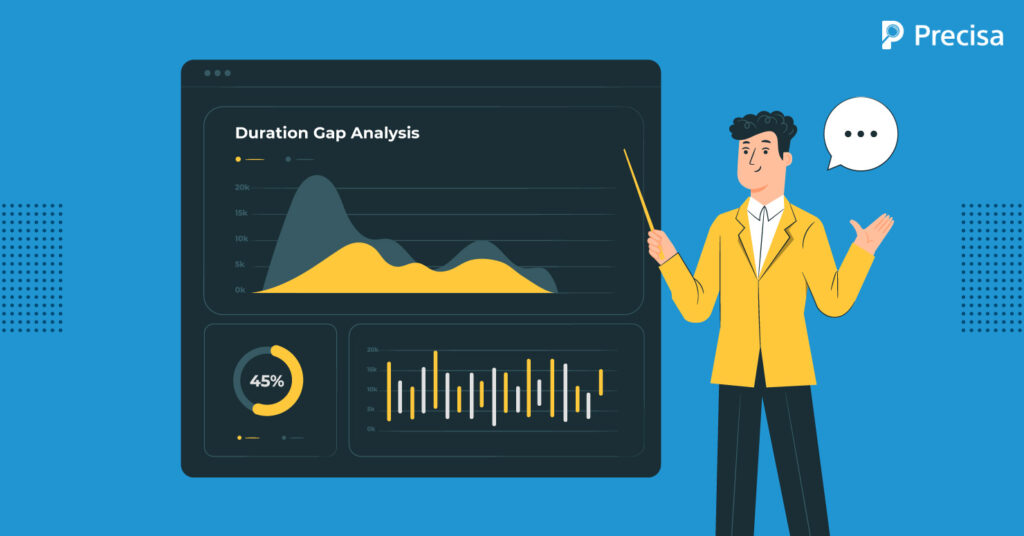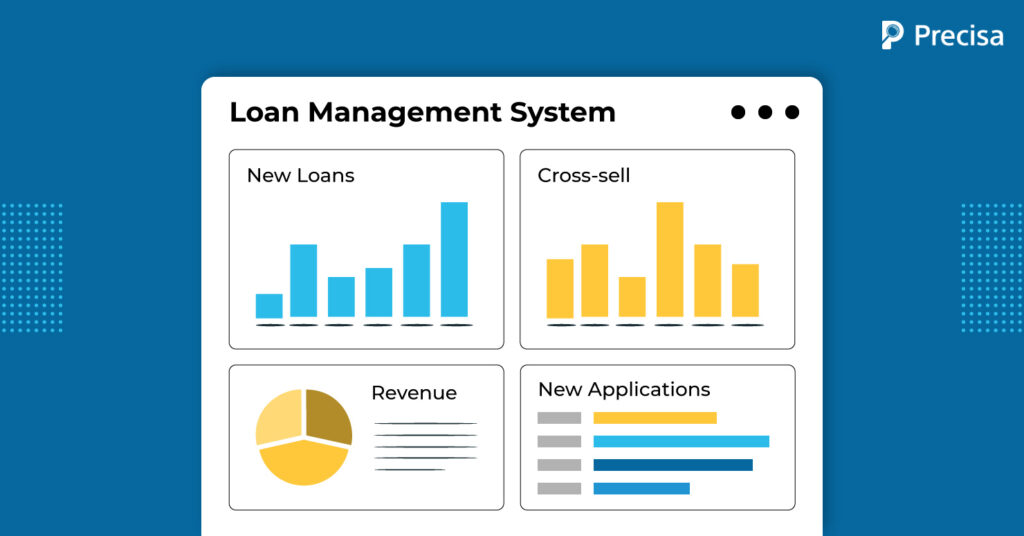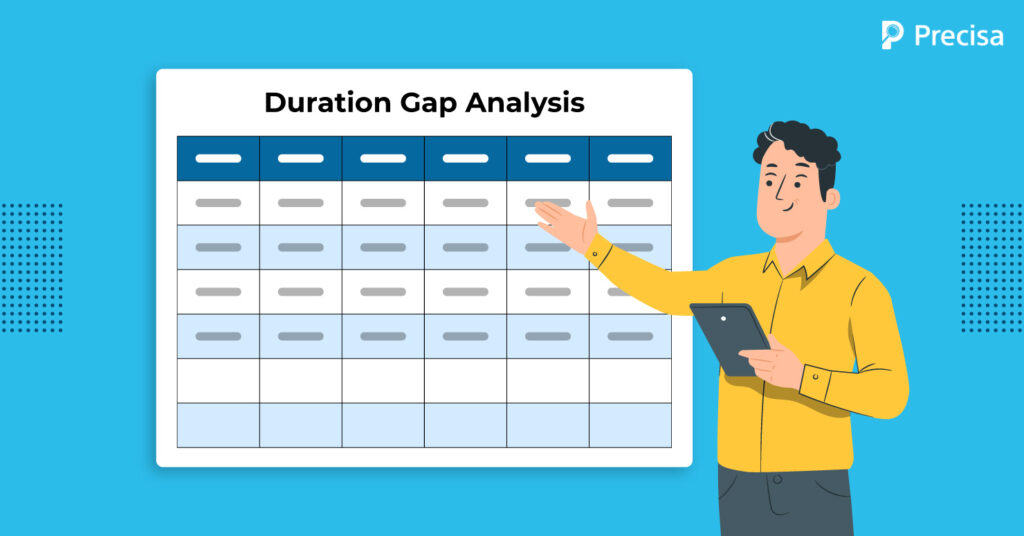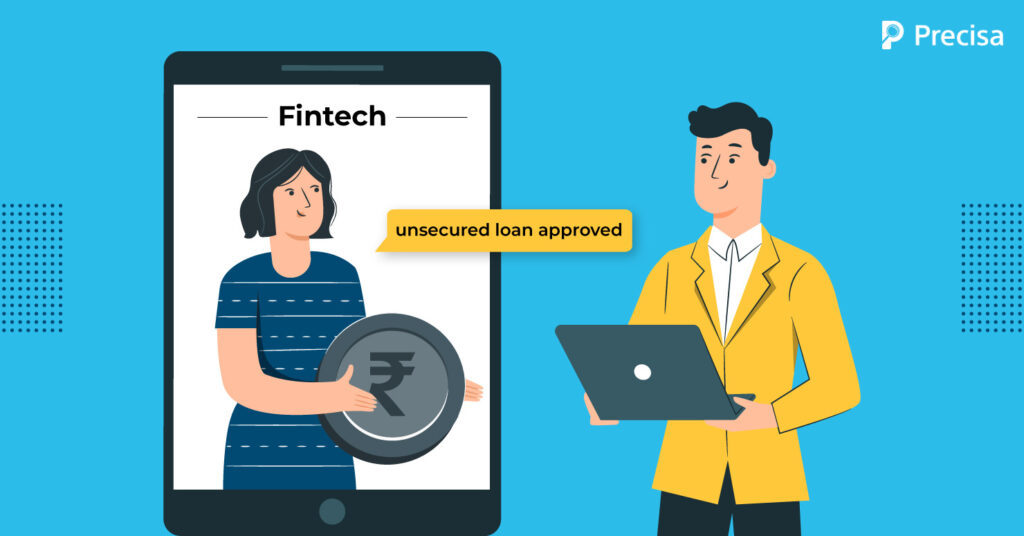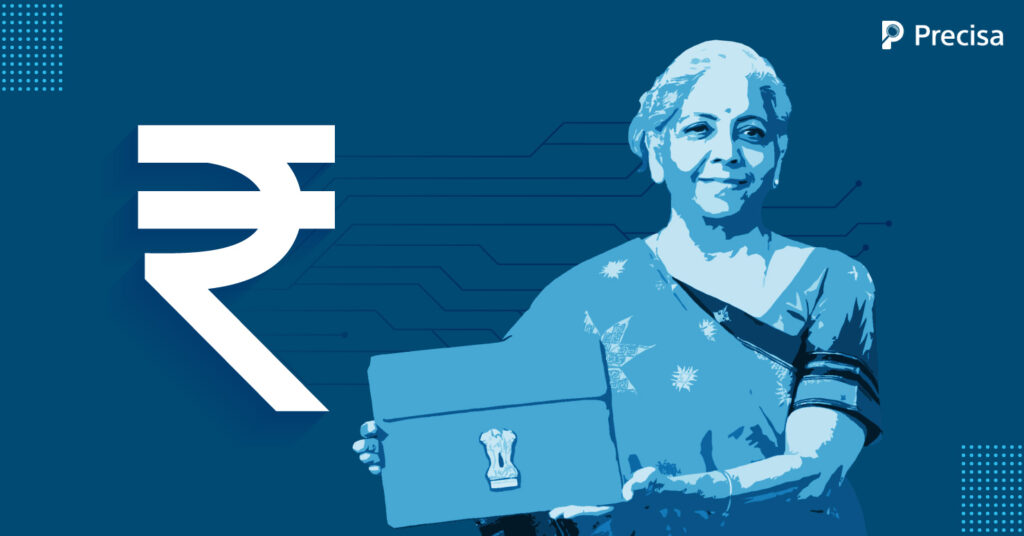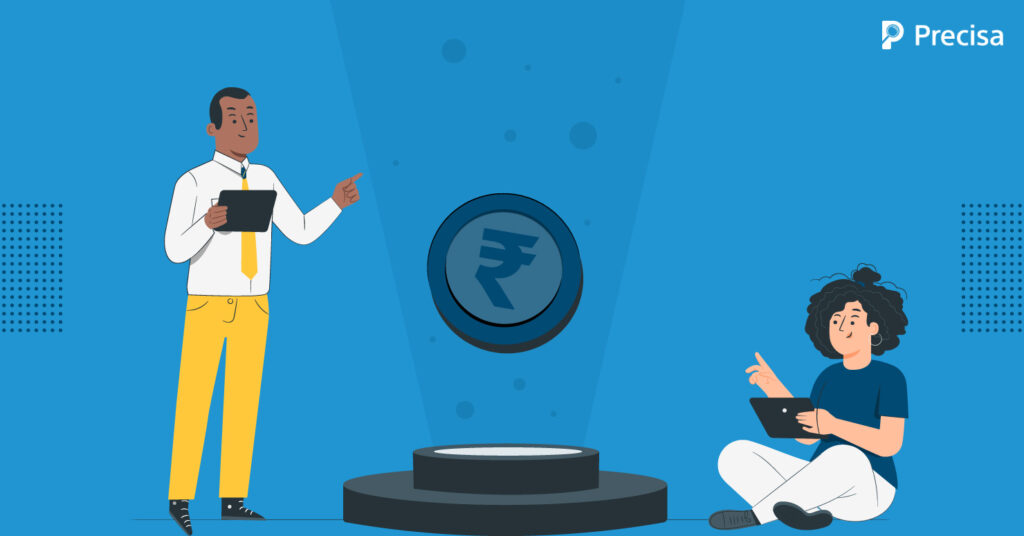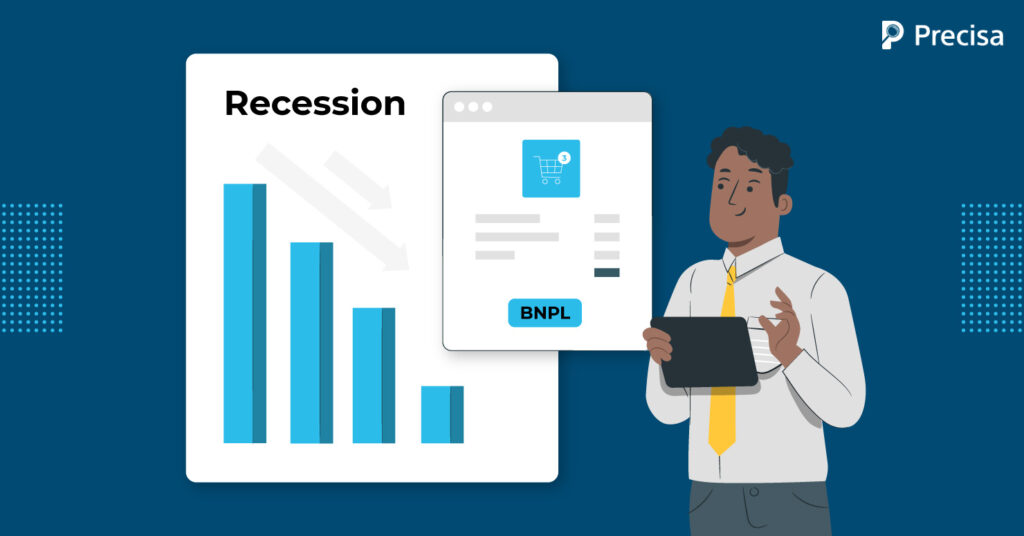In fiscal year 2021, the non-performing assets of India’s public sector and private sector banks collectively amounted to INR 6.17 trillion and INR 2 trillion, respectively. The inability to predict risk when offering loans to business or retail customers results in the growth of non-performing assets. In turn, the growth of non-performing assets eats into […]
How Can a Loan Management System Improve the Loan Process Flow?
Loan management is a crucial part of the lending industry, and it involves tracking, servicing, and managing loans from application to closing. The global loan servicing software market is estimated to reach $ 4812.08 million by 2028, with a CAGR of 12.19%. The manual loan management process can be time-consuming, complex, and prone to errors, […]
All You Need to Know About Duration Gap Analysis
In the banking industry, interest rate risk is an integral part of the business. As interest rates rise, the portfolio’s value will decrease, and when interest rates fall, the portfolio’s value will increase. The duration gap analysis measures how sensitive a portfolio’s value is to interest rate changes. A duration gap is a financial and […]
Future of Unsecured Loans: Digital Lending vs Traditional Lending
Today, India has over 2,000 fintech companies, which is expected to grow further in the next decade. The arrival of fintech is rapidly transforming the financial services sector in India. One of the critical areas where fintech companies have garnered traction is the unsecured loan segment, thanks to digital lending. Before the fintech revolution, businesses […]
Decoding Digital Transformation and Fintech Trends for 2023
Technology is developing at an unparalleled rate in the banking and financial sector, completely transforming conventional procedures and products. Fintech is rapidly innovating banking as we know it, from automating routine banking processes using Robotic Process Automation (RPA) to empowering customers by giving them control over their financial data through open banking systems. These changes […]
How is BNPL Different from POS Lending? An Overview
With growing digitisation, the fillip online shopping received during the pandemic and popularity among the youth have encouraged the Point of Sale (POS) financing options. The most common form of POS financing is Buy Now, Pay Later (BNPL) It is interest-free credit where consumers spread the cost of an item over a short period. Many […]
Impact of Union Budget 2023 on Fintech-Based Digital Lending
The digital lending industry has proliferated over the years and now plays a critical role in driving the country’s economic development. According to an EY report, India’s fintech market will be worth $200 billion by 2030, up from $50 billion in 2021. The fintech sector is bridging the gap in providing banking services to last-mile […]
RBI’s Digital Lending Guidelines for Borrowers and Lenders: Pros and Cons
The booming fintech ecosystem in India has led to the emergence of countless companies that offer various credit services. However, despite its benefits, this expanding fintech vista has also led to the proliferation of unregulated digital lenders conducting unethical business, excessive third-party engagement, and rising risks to digital privacy. Moreover, unjust interest rates and inhumane […]
Fintech-Bank Collaborations: A Necessity For Digital Banking
Banking, one of the world’s oldest industries, has been around for nearly 4000 years. From the earliest recorded temple loans in ancient Babylon, which date back to 2000 BCE, to the most recent technology-enabled services, such as open banking and Banking as a Service (BaaS), it has consistently played a systemic role in the development […]
What Does a Situation Like an Uneventful Recession Mean for BNPL?
Buy Now Pay Later (BNPL) services are steadily gaining popularity in the Indian market. The value of these services is expected to reach INR 1.1 trillion ($15 billion) in 2026, growing at a compound annual growth rate (CAGR) of 32.5% between 2022 to 2026. The COVID-19 pandemic, aided by factors like impulsive buying and disposable […]

